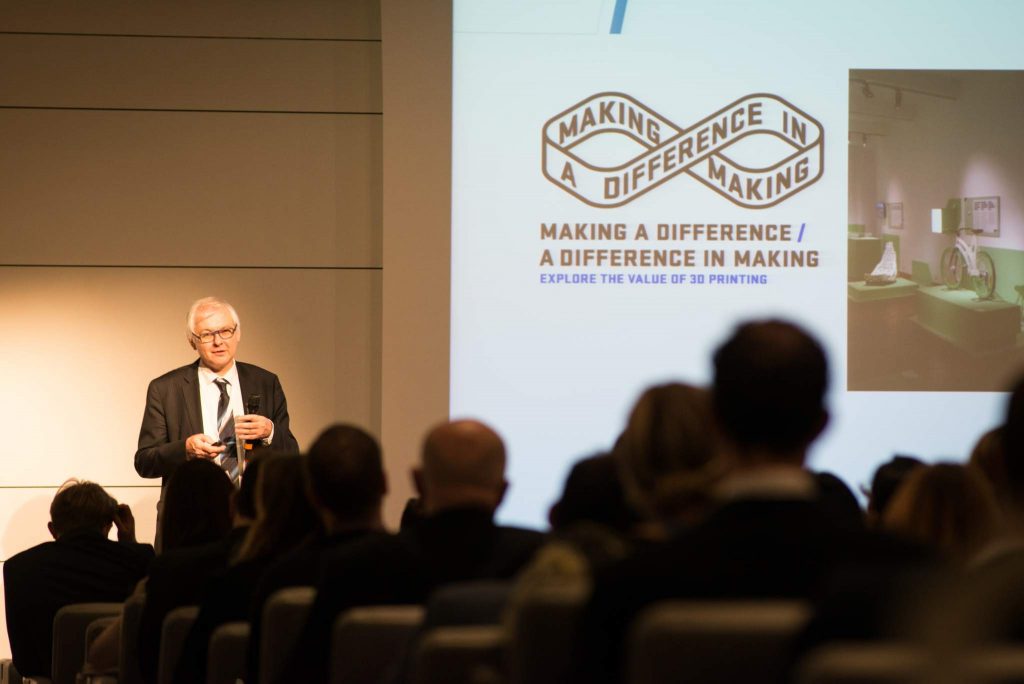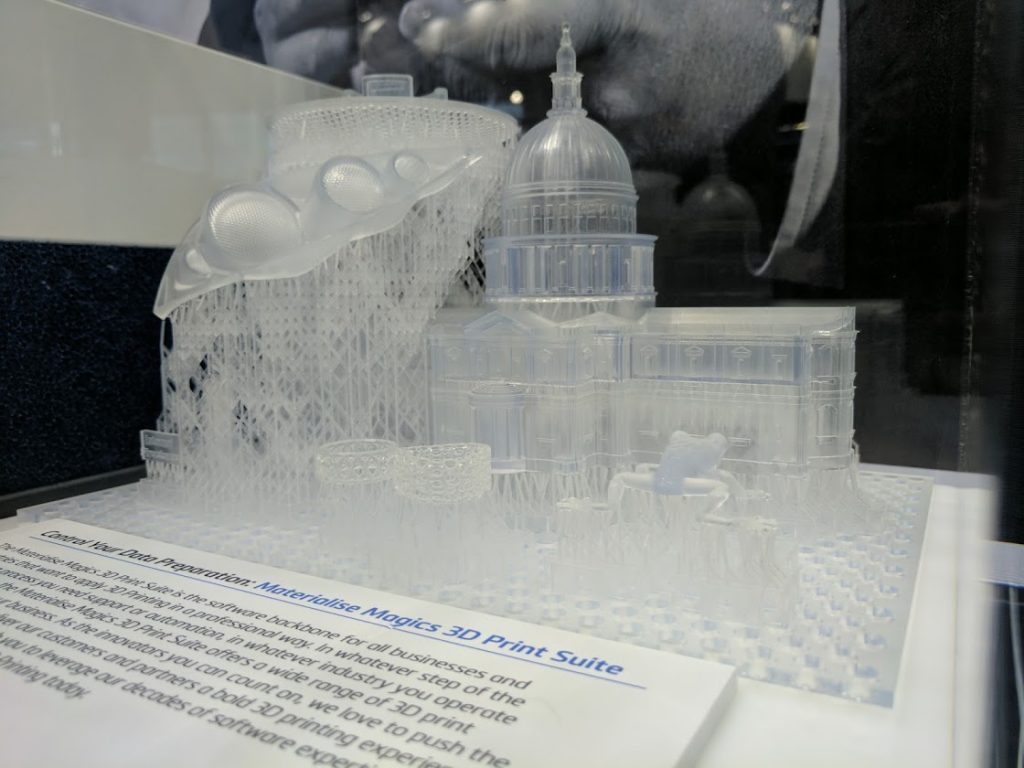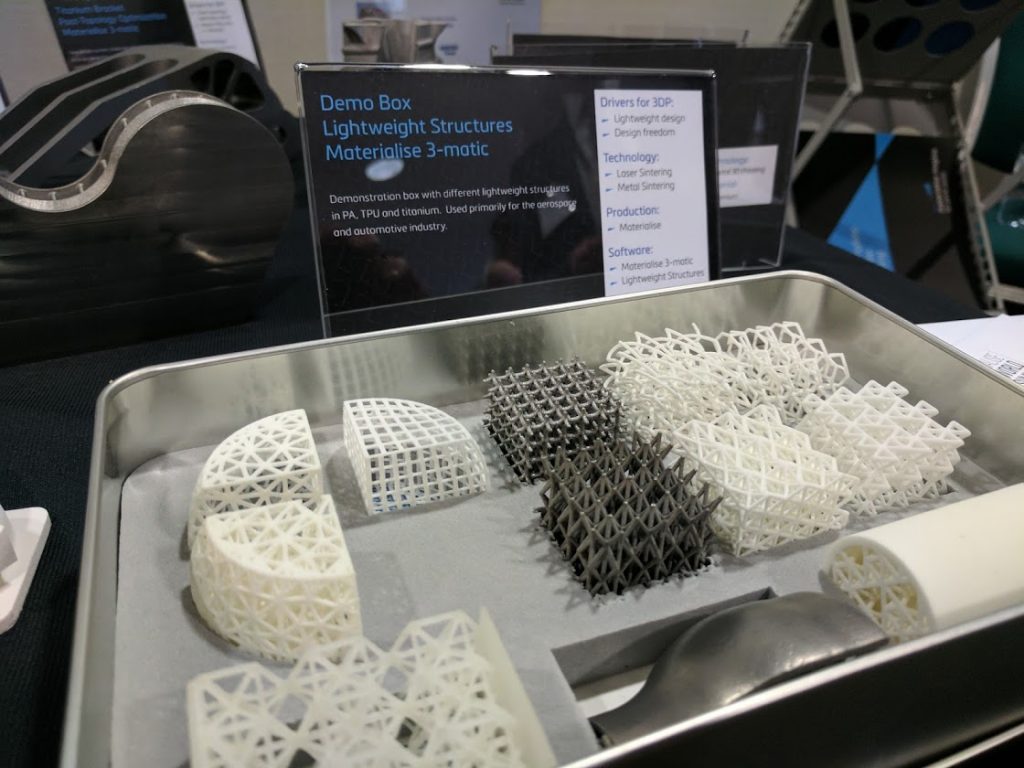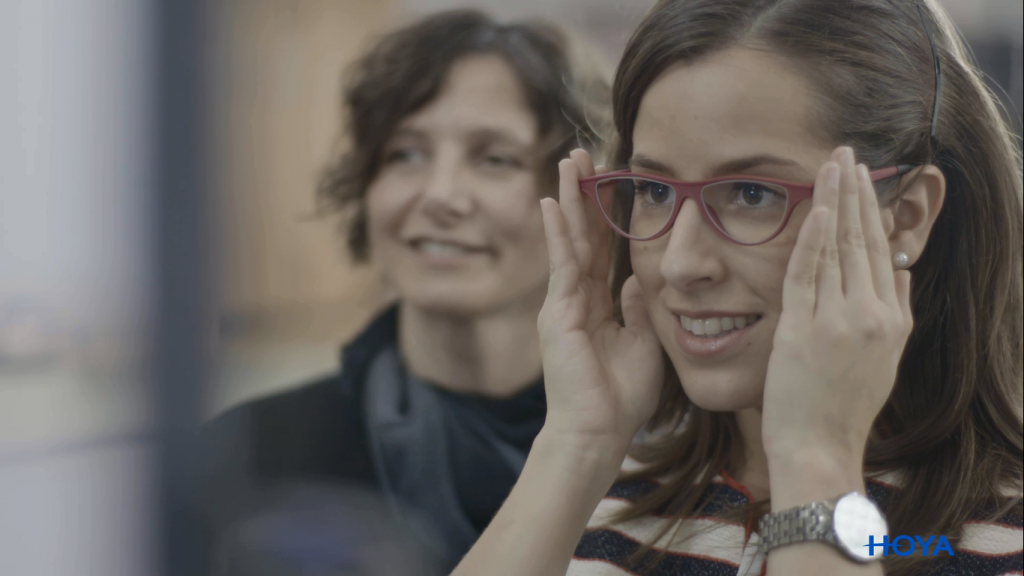Ahead of the 2017 Materialise World Summit that begins on the 20th April, Fried Vancraen gives 3D Printing Industry a preview of what to expect.
Since 2010, the Materialise event has brought together 3D printing industry leaders and provided a forum to discuss not only the current business opportunities, but also how to advance the additive manufacturing industry as a whole.
I asked Materialise’s founder and CEO Fried Vancraen about what Summit attendees can expect, where are the current untapped market opportunities for 3D printing and his vision for the future of additive manufacturing.
The biggest issue in 3D printing
The company that Vancraen founded in 1990, is now valued almost half a billion dollars, and the origins of Materialise are likely to chime with many who use 3D printing technology today: there was problem that needed to be fixed, and no solution existed. So Materialise created the solution.
“We experienced the pain of not having the digital data from the very first day that we had the machine,” says Vancraen of his company’s experience after they purchased an early 3D Systems SLA 3D printer for €250k in 1990. However the biggest issue at that time was the software.
Vancraen says, “very early on we decided software would be our focus, but to support all the people who develop machines, to support all those people who use machines, even if that was creating competition for us.”
Johan Pauwels, then a work experience student and now Executive Vice President at Materialise decoded the files and Materialise set about developing software to unlock the potential of 3D printing. Vancraen says from those early days he, “recognized 3D printing not just as a fancy new prototyping technology but truly as an industrial revolution.”

3D printing industry co-creation and collaboration is key
Taking place every two years since 2010, the Materialise World Summit has always been more than the standard trade show. From that first event Materialise has brought together 3D printing industry leaders to “thematically address the big issues of the industry.”
Materialise’s vision under the leadership of Vancraen has undoubtedly accelerated the adoption – by promoting awareness of the advantages of 3D printing, highlighting use cases and reaching beyond the immediate world of engineering.
For example in 2012, Materialise organised the first 3D printing fashion show. While in 2015, the key message was about the meaningful applications of 3D printing.
The slogan for the 2017 Materialise World summit is “Think. Beyond. Together.”
Vancraen explains that even large multinational enterprises are “struggling to get their engineering groups up to speed to rethink their designs and design approach. That is where co-creation and design for additive manufacturing (DfAM) comes in bigtime, and these are topics we are going to address during the world summit.”
The CEO adds, “we believe we are too small to bring such an amazing technology as additive manufacturing to the entire world, and we are part of an ecosystem where we do this together with all the players.”
One example is the integration of Materialise’s manufacturing service in Microsoft’s Builder3D app. Builder3D is part of the Windows 10 Creators update and now pre-installed on new machines, users can order a 3D print from i.materialise in a seamless experience.

Growing use of 3D printing for manufacturing
Materialise now has 3 business segments, software, manufacturing and medical. The software division provides tools for the range of 3D printing technologies available today and, “links to as many types of applications as possible in different CAD systems.”
Materialise software, “supports both the process planning and the logistical planning of 3D printing activities.”
In the manufacturing segment, Materialise has assembled one of the broadest ranges of Additive Manufacturing technologies available anywhere. This segment, “started with prototyping services, but today a lot of the growth is driven by manufacturing,” says Vancraen. It is perhaps easier to talk about the 3D printing technology not offered by Materialise given the 144 industrial 3D printers in use by the company.
“We cover the different 3D printed plastics, and in metals we are quickly expanding the amount of alloys that we are covering,” says the CEO.
Third is the offering on the medical side with both software and services.

The largest underestimated use of additive manufacturing
From frequent conversations with the end users of their software and manufacturing services, Materialise are extremely well positioned to identify opportunities and real world trends in 3D printing.
Vancraen tells me about one particular growing area of use and opportunity that is greater than the frequently reported verticals of aerospace, medical and automotive.
“Business machines is actually the largest segment,” he says. Business machines are the industrial machinery, assembly lines, robots and other capital intensive apparatus of the global manufacturing industry.
Vancraen explains the, “big difference is that automotive is large, but it is nearly entirely prototyping.” However the machines used by manufacturing enterprises “are produced in a smaller series than for instance consumer electronics products,” and there is a substantial use of 3D printing to enhance the use of these industrial tools.
Entrepreneurs and analysts would be wise to listen carefully during the Materialise World Summit, as business opportunities and early identification of trends are frequent.
At a previous summit we talked about the benefit of 3D printed insoles and how they can take into account dynamic movement of the wearer. At present, all of the standard methodologies are based on feet in a standing position rather than in a walking position.
Several enterprises are now seeking to address the mass customization opportunities for footwear that 3D printing enables. Vancrean says there “are a multitude of paradigm shifts that are happening.”

The digital backbone
Arguably, software is still the most fundamental part of the 3D printing trifecta that is completed by machines and materials. Concerted effort, and research dollars, are been ploughed into additive manufacturing in a bid to improve speed, reliability and the range of possibilities.
However, “a big paradigm shift in the manufacturing world that let’s the ecosystem, how companies work together, hasn’t changed enough yet to really develop additive manufacturing to its full potential,” says the Materialise CEO.
Additive manufacturing goes hand in hand with the development of the digital backbone, which to a large extent is a limiting factor of how fast additive manufacturing can develop as a technology. I find the digital backbone a much more important limiting factor than the absence of a specific material or the speed of a printer, these are technical elements that are overcome one by one.
Developing new standards for 3D printing
A demonstration of this commitment to industry wide collaboration is seen in the company’s participation in the 3MF consortium.
Vancraen says that, while the industry standard STL “is very powerful in its simplicity” at the same time that simplicity brings a lot of limitations. For example, “there is no information about texture or volume.”
Materialise and the 3MF consortium are addressing these limitations.
While standardisation does have a role to play, Vancraen believes that 3MF will be more successful, “because it is more industry driven and a little less abstract than standardisation.” Explaining further he says, “in a fast developing industry, like the 3D printing industry, actually the traditional way of standards generation are a little bit too slow to really keep up with requirements of what companies are bringing to the market.”
Recognising that the move to 3MF can not be accomplished overnight he says, “in my opinion 3MF should have a major upgrade every 5 years or so, but try to remain as stable as possible in between.”

The next market to be disrupted by 3D printing
I ask Vancraen to tell me his vision for the future of 3D printing, fittingly perhaps, he does so with reference to the next market to be disrupted by additive manufacturing: eyewear.
The disruptive impact of 3D printing on the hearing aid and dental industries is well documented and now, “Eyewear has discovered 3D printing and there is a huge opportunity because eyewear on its own is larger than hearing aids and dental together.”
Materialise has worked with Hoya Vision Care for the past several years, embarking on studies to understand how to optimise eyewear for the end user and also add value to manufacturer.
Vancraen says, “the fact that everybody today is choosing a frame and then putting lenses into it, while in reality you should place the lenses in an optimal way before your eyes and then adapt the frame for it.”
Through 3D printing the, “customization of eyewear is changing the dynamics of the industry and this can also be for the better because this eyewear industry is one with huge capital costs.”
Approximately 30% of all the frames manufactured are scrapped, and not scrapped mid-production but really as finished frames.

Industry 4.0 and the Smart Factory at the Materialise World Summit
“3D printing is set to democratise manufacturing but at the same time I see a big centralisation in sectors where the technology has reached first,” for example the hearing aid industry, where the number of players has dramatically been reduced.
Vancraen says, “only a few can afford the full digital chain from customer to product and the hearing aid companies are all buying up the distribution chains and you still have a shop everywhere, but it is a big centralisation.”
The Materialise CEO observes a, “strange equilibrium that is starting to originate in the powerful chains and the powerful backbones and the individual manufacturer.”
The 2017 Materialise World Summit will be an opportunity to explore and discuss these and other trends in the additive manufacturing industry.
Vancraen says, “I think the all together approach that we are trying to adapt where we try to imagine what are the big drivers behind our industry, what have they been and what will they be.”
3D Printing Industry will be reporting from the 2017 Materialise World Summit and we are looking forward to hearing first hand from additive manufacturing leaders about the coming themes for our industry.
To stay up-to-date with all the latest 3D printing industry news, insights and interviews with industry leaders, subscribe to our newsletter and follow us on social media.



